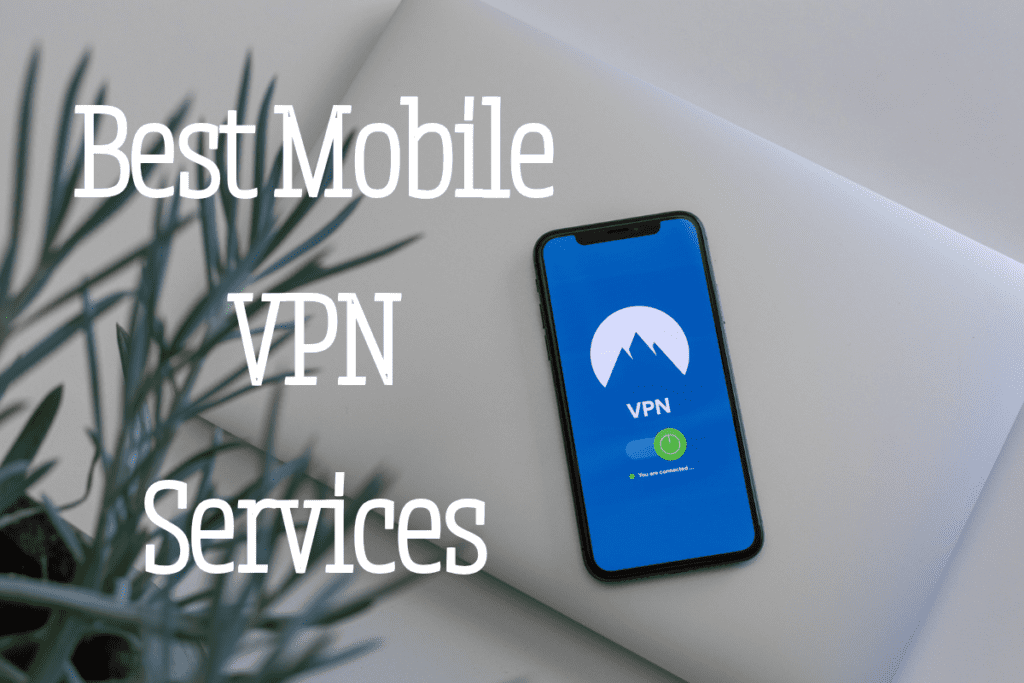In the digital age App Store Optimization (ASO), mobile applications are becoming an indispensable part of our daily lives. With millions of apps accessible in different app stores, it might be difficult to stand out from the competition. In this case, App Store Optimization (ASO) is helpful.

Introduction to App Store Optimization (ASO)
What is ASO? The technique of making a mobile app more visible in search results within an app store is known as app store optimization, or ASO (Apps Store Optimization). In order to improve the app listing's rating and draw in more organic downloads, it entails tweaking a number of listing components.
Importance of ASO in app success: With the majority of app downloads originating from app store searches, App Store Optimization (ASO) plays a crucial role in driving organic traffic and ensuring the success of your app.
Understanding the App Store Ecosystem
Different app stores: While the Apple App Store and Google Play Store are the two most popular app stores, there are several other platforms, including the Amazon Appstore and Huawei AppGallery, each with its own system of rankings and algorithms.
Algorithms and ranking factors: App stores use complex algorithms to determine the ranking of apps in search results. Factors such as keyword relevance, app ratings, and download velocity influence an app's visibility.
Keyword Research and Selection
Importance of keywords in ASO (App Store Optimization): Keywords are the foundation of ASO. Conducting thorough keyword research allows you to identify relevant terms that users are likely to search for.
Tools for keyword research: There are various tools available, such as App Annie and Sensor Tower, that can help you discover relevant keywords and analyze their search volume and competition.
Optimizing App Title and Description
Crafting compelling titles: The app title should be concise yet descriptive, incorporating relevant keywords to improve discoverability. Similarly, the app description should highlight key features and benefits while also incorporating targeted keywords.
Writing engaging descriptions: In addition to providing consumers with information about the features of the app, a well-written app description encourages people to download it. Focus on showcasing the unique selling points and benefits of your app.
App Icon and Screenshots Optimization
Designing eye-catching icons: The app icon is often the first impression users have of your app. It should be visually appealing and convey the app's purpose effectively. Similarly, screenshots should highlight key features and functionalities to entice users to download the app.
Showcasing key features through screenshots: Use screenshots to provide users with a glimpse of what they can expect from your app. Highlighting key features and benefits can help users visualize the app's value proposition.
App Ratings and Reviews Management
Encouraging positive reviews: Positive reviews can significantly impact an app's credibility and ranking. Encourage satisfied users to leave reviews by prompting them within the app or offering incentives.
Addressing negative feedback effectively: Reviews that are negative are unavoidable, but how you handle them matters. Address user concerns promptly and professionally to demonstrate your commitment to customer satisfaction.
Localization Strategies
Adapting content for different regions: Localization involves customizing your app listing to appeal to users in different geographic regions. This includes translating keywords, descriptions, and screenshots into the local language.
Translating keywords and descriptions: Using localized keywords and descriptions can improve your app's visibility in foreign markets and attract a broader audience.
Promotional Strategies for App Visibility
App store advertising: Investing in app store advertising can boost your app's visibility and attract more downloads. Options include search ads, display ads, and app store optimization services.
Leveraging social media and influencers: Harness the power of social media platforms and influencer marketing to promote your app to a wider audience. Collaborating with influencers can help generate buzz and drive app downloads.
Monitoring and Analyzing Performance

Tracking app store metrics: Regularly monitor key metrics such as app downloads, keyword rankings, and user engagement to gauge the effectiveness of your ASO efforts. Use analytics tools to gain insights into user behavior and optimize your strategy accordingly.
Adjusting strategies based on data: In App Store Optimization, Analyzing performance data allows you to identify areas for improvement and make data-driven decisions to optimize your app listing further.
Updates and Maintenance for Long-term Success
Regularly updating content: In App Store Optimization, Continuously update your app listing with fresh content, including new features, screenshots, and app descriptions. Keeping your listing up-to-date signals to users and app stores that your app is actively maintained.
Responding to changes in algorithms: App store algorithms are constantly evolving, so it's essential to stay informed about industry trends and updates. Adapt your ASO strategy accordingly to maintain your app's visibility and competitiveness.
Case Studies and Success Stories

Examples of successful ASO implementations Several apps have achieved significant success through effective ASO strategies. Case studies provide valuable insights into the tactics and techniques that contribute to app store success.
Lessons learned from real-world examples Studying successful apps can help you identify best practices and avoid common pitfalls in your own ASO efforts. Pay attention to the strategies employed by top-ranking apps and adapt them to suit your app's unique needs.
Common Mistakes to Avoid
Overlooking keyword relevance Choosing irrelevant or overly competitive keywords can hinder your app's visibility in search results. Focus on selecting keywords that accurately reflect your app's purpose and target audience.
Ignoring user feedback User feedback provides valuable insights into areas for improvement and can help you identify bugs or usability issues. Ignoring feedback can lead to negative reviews and damage your app's reputation.
Future Trends in App Store Optimization
Emerging technologies and strategies The field of ASO is constantly evolving, with new technologies and strategies emerging to enhance app discoverability and user acquisition. Stay informed about industry trends and be prepared to adapt your ASO strategy accordingly.
Predictions for the future of ASO As mobile technology continues to advance, ASO is expected to become even more crucial for app success. Embracing emerging trends such as voice search optimization and app indexing will be key to staying ahead of the competition
Conclusion
In conclusion, App Store Optimization (ASO) is a vital component of any mobile app marketing strategy. By optimizing various elements of your app listing and staying abreast of industry trends, you can improve your app's visibility, attract more organic downloads, and ultimately drive app success.
Related Topic: The Top App Development Tools Transforming Ideas into Reality
FAQs
- What are the main benefits of App Store Optimization? App Store Optimization (ASO) can improve your app's visibility in app store search results, increase organic downloads, and enhance user engagement and retention.
- How long does it take for ASO efforts to achieve results? The timeline for seeing results from ASO efforts can vary depending on factors such as competition, keyword selection, and the quality of your app. Generally, notable increases in app visibility and downloads may not be seen for a few weeks to months.
- Can ASO help improve app performance on both iOS and Android? Yes, ASO is applicable to both iOS and Android platforms. By optimizing your app listing according to each platform's guidelines and best practices, you can improve its visibility and performance on both operating systems.
- Does ASO need regular maintenance or is it a one-time effort? ASO is an ongoing process that requires regular monitoring and optimization. App store algorithms and user preferences can change over time, so it's essential to continuously update your app listing and adapt your ASO strategy to remain competitive.
- Are there any free tools available for ASO? Yes, there are several free tools available for ASO, such as Google Keyword Planner, App Radar, and AppFollow. These tools can help you conduct keyword research, track app store metrics, and analyze competitor performance.


Meine Mission als Webentwickler ist es, das Web zugänglicher zu machen.
Vielen Dank für Ihren Besuch auf unserer Website. Bleiben Sie mit weiteren Informationen auf dieser Website auf dem Laufenden.
quae provident consequatur quod sint et sunt qui excepturi quidem aut aut sit. consequuntur excepturi voluptatibus vel blanditiis tempora nisi qui tenetur architecto eligendi quasi.